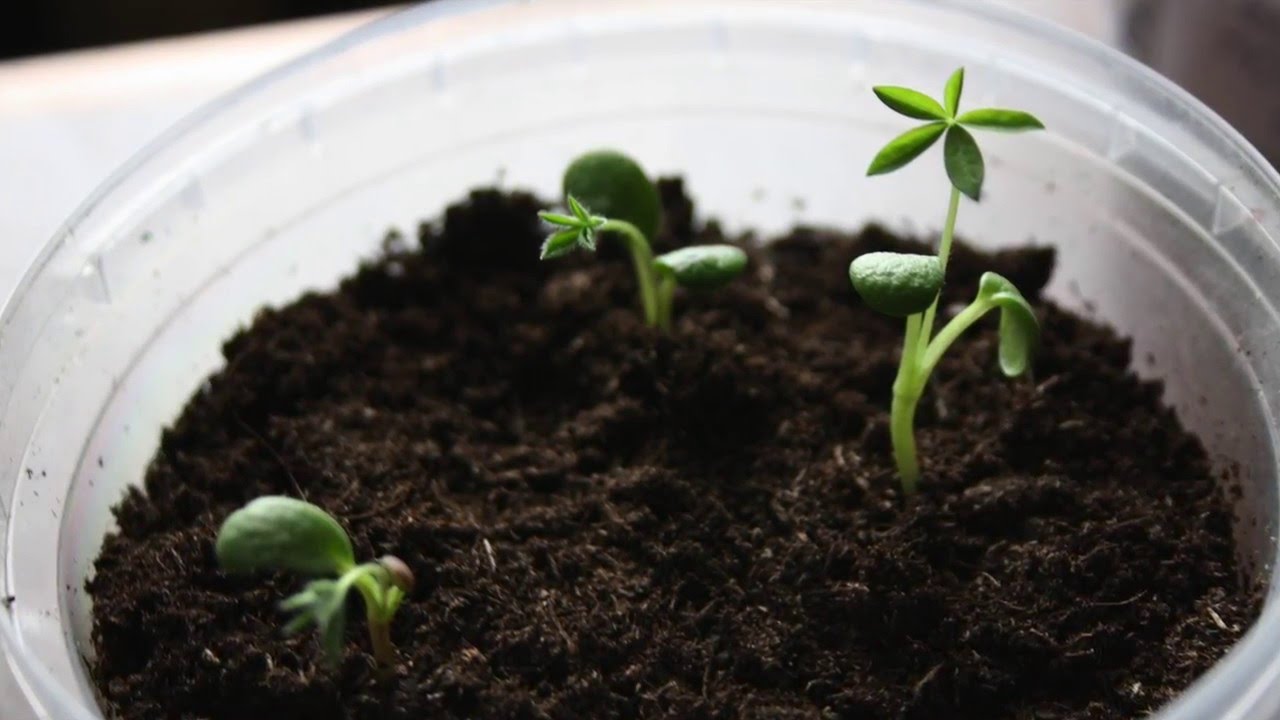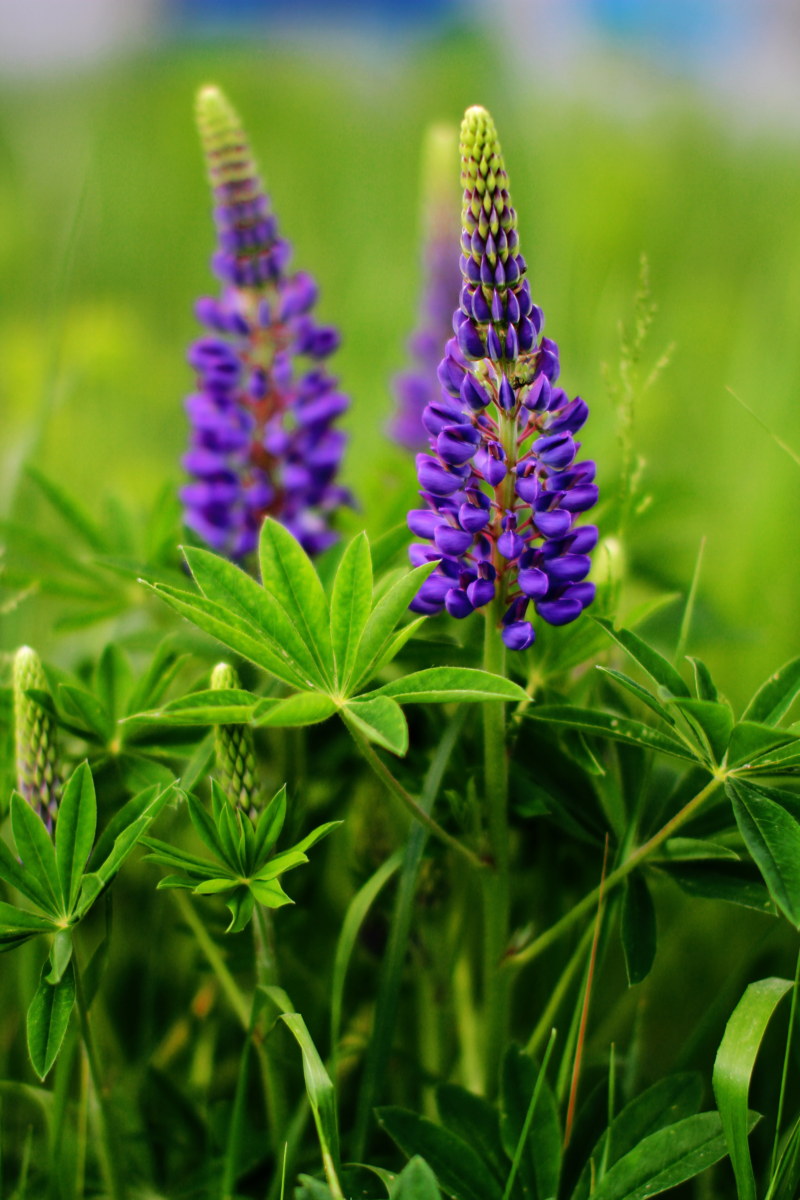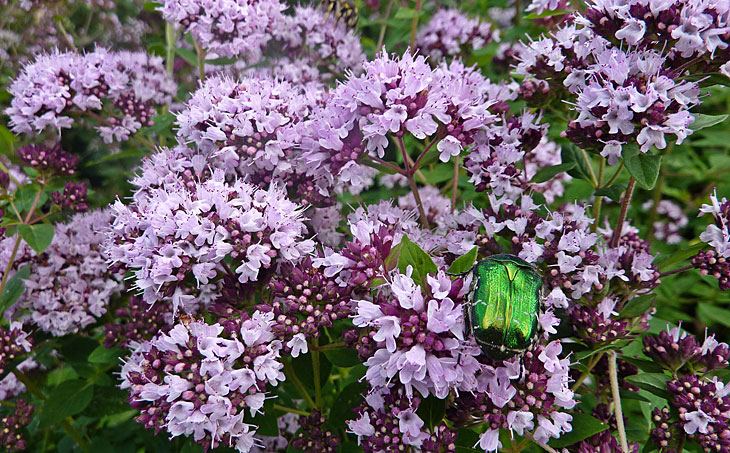Content:
There is a wonderful plant that, thanks to its decorative properties, will harmoniously fit into any flower bed. We are talking about lupine - a decorative unpretentious flower that feels comfortable in open soil, easily multiplies and takes root during transplantation. Of course, there are certain agronomic rules. They are simple, even novice agronomists can handle them. The topic of the article is lupine, growing and caring for it at home.
General information about the plant
Lupins, depending on the variety, can be annual and perennial, belong to the legume family. Herbaceous varieties are most common, in contrast to shrubs. Today there are a huge number of subspecies, approximately 1000. Culture grows in all corners of the world.
The height of lupine, depending on the variety, can reach from 10 cm to 4 m. It pleases the eye with various colors: white, yellow, purple, pink, red. The petioles are formed long. Finger-like leaves are grouped on a basal rosette.
When do lupins bloom? Subject to agrotechnical rules, flowering begins in late June - early July and lasts until late autumn.
How lupins breed
To propagate annual and perennial flowers, there are 2 ways: by seed and vegetatively using cuttings.
Lupine produces beans during flowering, which crack when ripe and the seeds fly off, after which they grow in different places. If several varieties of a flower are grown in one area, then there is a risk of over-pollination of seeds. Varietal plants grow well and remain as they are in conditions of complete isolation, which is not always possible on personal plots. In this case, it is better to use cuttings propagation. You can also grow lupine using seedlings, or sow seed in spring or autumn immediately into open soil.
For grafting, crops are used that are 3 years old. Bushes that are 5-6 years old, as a rule, no longer form young lateral buds. To obtain a cutting, you need to cut out the buds of renewal with a sharp knife at the base of the stem with a small part of the root collar. The resulting planting material is placed in sandy soil and placed in a shaded place. The root system of the cuttings will form in about a month. After this time, you can transplant the plant to a permanent place.
Lupins: planting and care in the open field
Field and varietal lupins have a strong immune system and are able to grow anywhere, since they also have excellent natural adaptive properties. However, for active growth and lush flowering, for example, in the Middle Lane, you need to take into account some nuances in terms of planting and caring for the plant.
Planting lupine
When to plant lupins seeds? When using the seed propagation method, sowing is carried out shortly after the onset of spring heat. At home, you can start growing seedlings in March. It is necessary to send it into the open ground when full-fledged 3-4 sheets are formed.
If the seed is planted immediately in the open field, then it is recommended to do this, as the snow melts, and good weather will be stable. The site must be prepared in advance in the autumn.
When to sow lupins before winter? The question of when to plant lupins with seeds in the fall worries many agronomists, since there is a possibility that the plant will not survive the cold. The optimal time for planting is late October.
Seeds should be placed at a depth of no more than 2 cm, after which the site should be mulched using peat or rotted humus.
In the first year, lupines will sprout in the spring, but they will begin to bloom closer to autumn.
How and when to sow lupine is better:
- Reproduction by seeds in the fall. The optimal time for sowing is in April or October. Seed germination can last up to 5 years (subject to storage rules). After planting in open soil, put a small layer of mulch on top of the site using peat or humus. How and when can lupines be transplanted to another location? This can be done in the presence of 3-4 full-fledged leaves, maintaining an interval between the bushes of 30-50 cm. Moreover, lupine transplantation is possible in summer.
- Seed reproduction in spring. You can plant seeds for seedlings already during the settled warm weather. Sow the planting material directly into open soil to a permanent place. The soil must first be mixed with organic and mineral fertilizers. The most suitable soil for growing crops is loose. For this type of reproduction, timely and abundant watering is extremely important.
Vegetative propagation (cuttings) can be used if buds are formed at the base of the stem of the bush.
For lupine, the most favorable soil is sandy loam and loamy. Having chosen a site for growing a crop, in the fall you need to lime the soil if it is acidic. This will require adding limestone or dolomite flour to the ground. One application will be enough for 4 years.
Alkaline soil is dug up together with peat.
Algorithm for planting in open soil:
- Lupine seed must be sown in previously loosened soil, mixed with sand, wood ash and peat.
- Before planting, the seeds are mixed with the powdery substances of old tubers. Observing this rule, it will be possible to reduce the likelihood of infection by diseases and pests.
- The first shoots are usually formed in 7-14 days. For simultaneous germination, it is recommended to cover the crops with a moistened gauze cloth.
- After the formation of 3 leaves, the seedlings must be planted in open soil. It is not worth delaying the planting, since problems with the root system will inevitably arise.
Further care
Taking care of your culture is easy enough. Only the planted plant needs to be watered abundantly, but at the same time carefully so that the water flow does not erode the soil and damage the culture. Further, the irrigation procedure is recommended to be carried out as the soil dries up. The optimal frequency is 1-2 times a week.
Also, perennial lupins need regular loosening of the soil, removal of weeds, and hilling of the near-stem circle. It is recommended to remove old bushes, since they already have poor flowering and inflorescences are smaller.
Lupins have faded, what to do next? In this case, it is recommended to cut off all inflorescences, dried and damaged branches.
Fertilize these alkaloid plants the next year after planting.Every year, it is recommended to use mineral complex fertilizers for dressing, which do not include nitrogen. Lupine responds well to calcium chloride and superphosphate.
Why does lupine turn yellow and die? The rhizome of lupine can be affected by nodule weevils and nematodes, and the flowers and stems by the larvae of the sprout fly, spider mites and aphids. Insecticides are effective against insect pests.
If agrotechnical rules are not followed, the culture can be affected by fungal, infectious and viral diseases such as fusarium, mosaic, rust and root rot. In such cases, it is necessary to reconsider the approach to care, remove and burn the affected fragments, treat the plants and the soil around them with chemical compounds.
Combination with other plants
Due to its excellent decorative properties, lupine looks good with other flowering plants. This variety is often used in landscape design. It is recommended to plant it in the middle of a flower garden. They go well with lupine:
- nivyaniki;
- hosts;
- delphiniums;
- irises;
- phlox;
- daylilies.
To form a beautiful and harmonious flower garden in the country, it is recommended to pay attention to a few simple rules:
- Plants should be planted in the vicinity of lupine, which have similar requirements for light, moisture and soil.
- It is worth noting that crops with a short flowering period will look inappropriate next to lupins.
- It is recommended to take into account not only the duration of flowering, but also the height of the plants.
- It is necessary to give preference to flowers with contrasting inflorescences in shape and shade.
Lupine fits harmoniously into all styles of landscape design. It is actively used in the design of classic and modern concepts. Plants look great along lawns and buildings, as well as in the front garden. Low-growing varieties are often planted along curbs.
Thus, lupins are plants that not only have unique decorative properties, but are also not whimsical to grow. Even a novice agronomist can grow them.
















